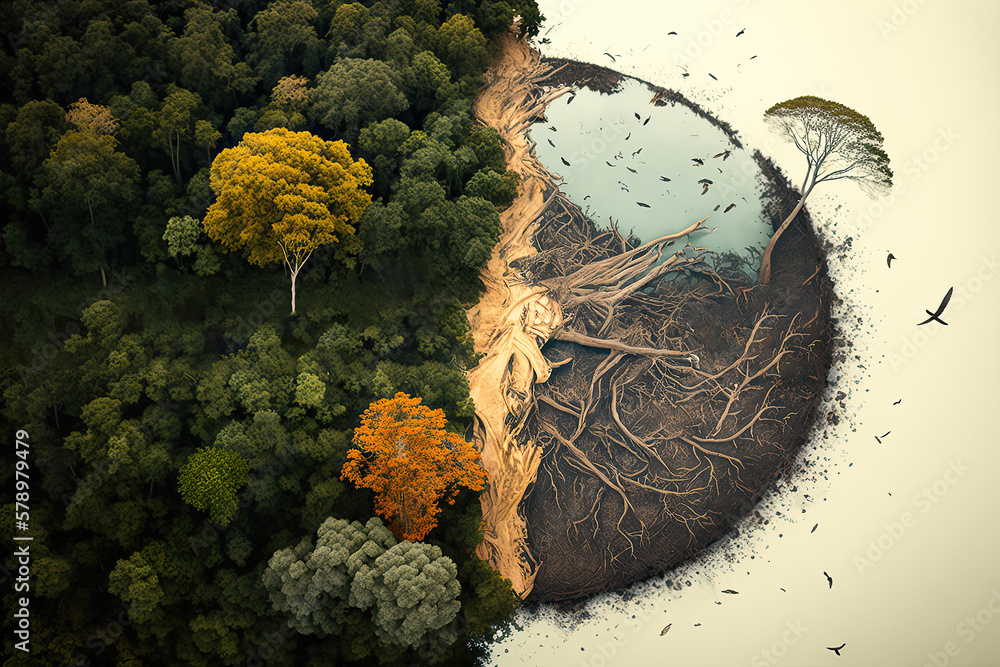Night Hunter: A Comprehensive Guide To Nocturnal Wildlife

Table of Contents
Adaptations of Nocturnal Animals
Nocturnal animals, those active primarily at night, have evolved remarkable adaptations to thrive in low-light conditions and navigate the challenges of a nocturnal world. These adaptations enhance their survival and success in their respective ecosystems.
Enhanced Senses
Nocturnal animals often possess heightened senses to compensate for limited visibility. This includes superior hearing, exceptional night vision, and a highly developed sense of smell.
- Superior Hearing: Owls, for example, possess asymmetrical ear placement, allowing for precise sound location to pinpoint prey even in complete darkness. Their large facial disks act like satellite dishes, funneling sound waves to their sensitive ears.
- Exceptional Night Vision: Many nocturnal mammals, like cats and foxes, have a tapetum lucidum, a reflective layer behind the retina that amplifies available light, enhancing their night vision. This creates the characteristic "eye shine" visible in flash photography.
- Acute Olfaction: A strong sense of smell is crucial for many nocturnal animals, guiding them to food, mates, and avoiding predators. Many nocturnal insectivores, like shrews and hedgehogs, rely heavily on their sense of smell to locate prey.
Camouflage and Protective Coloration
Cryptic coloration, or camouflage, plays a vital role in the survival of nocturnal wildlife. It helps them avoid detection by predators and facilitates ambushing prey.
- Cryptic Coloration Examples: Moths often display coloration that perfectly matches tree bark, making them nearly invisible to predators. Owls' plumage provides excellent camouflage against branches and foliage, allowing them to remain undetected while hunting.
- Nocturnal Camouflage Strategies: Beyond coloration, some animals use behavioral strategies like remaining motionless to blend into their surroundings. Others employ disruptive coloration, using patterns to break up their outline and make it harder for predators to recognize them.
Physiological Adaptations
Beyond enhanced senses and camouflage, nocturnal animals often possess unique physiological adaptations. These can impact their metabolism, sleep patterns, and thermoregulation.
- Metabolic Rate: Some nocturnal animals have slower metabolic rates compared to diurnal animals, conserving energy during periods of lower food availability.
- Sleep Cycles: Nocturnal animals often display different sleep patterns, with sleep periods interspersed throughout the night or divided into shorter bursts.
- Diurnal vs. Nocturnal Physiology: A key difference lies in the timing of peak activity and hormone release, with nocturnal animals showing opposite patterns compared to their diurnal counterparts. This affects everything from body temperature to digestive processes.
Nocturnal Wildlife Habitats and Niches
Nocturnal wildlife occupies diverse habitats across the globe, from lush forests to arid deserts and even the vast expanse of the oceans. Their ecological roles are equally diverse and essential for maintaining the health of these ecosystems.
Diverse Habitats
Nocturnal animals thrive in a remarkable range of environments:
- Forests: Forests teem with nocturnal creatures, including owls, bats, and various rodents. The Amazon rainforest, for example, harbors an incredible diversity of nocturnal species.
- Deserts: Desert nocturnal animals, such as scorpions, fennec foxes, and many insect species, are adapted to survive extreme temperatures and arid conditions.
- Grasslands: Grasslands provide habitats for nocturnal predators like coyotes and badgers, along with a range of smaller mammals and insects.
- Oceans: The ocean depths are home to a plethora of nocturnal creatures, including many deep-sea fish and squid.
Ecological Roles and Interactions
Nocturnal animals play critical ecological roles:
- Predators: Many nocturnal animals are apex predators, regulating populations of prey species and maintaining ecosystem balance.
- Prey: They also serve as essential prey for other animals, supporting food webs.
- Pollinators: Bats are crucial pollinators for many plants, playing a vital role in plant reproduction.
- Seed Dispersers: Nocturnal animals can help disperse seeds, contributing to plant diversity and forest regeneration. Examples include many nocturnal rodents and birds.
Observing Nocturnal Wildlife
Observing nocturnal wildlife offers a unique and rewarding experience, but it's crucial to do so ethically and responsibly.
Ethical Considerations
Respect for nocturnal animals is paramount. Human disturbance can significantly impact their behavior and survival.
- Minimize Disturbance: Avoid using bright lights, loud noises, or approaching animals too closely. Respect their natural habitats.
- Leave No Trace: Pack out all trash and avoid disturbing the environment.
- Observe from a Distance: Use binoculars or spotting scopes to observe animals without causing stress.
Techniques for Nighttime Wildlife Viewing
Several methods enhance your chances of observing nocturnal animals:
- Night Hikes: Take guided night hikes in designated areas to observe animals in their natural habitat.
- Night Vision Equipment: Use night vision goggles or binoculars to enhance visibility in low-light conditions.
- Listening for Sounds: Many nocturnal animals are more easily detected by their calls, especially owls and insects.
Photography and Videography
Capturing images of nocturnal wildlife requires specialized equipment and techniques.
- Low-Light Photography: Use cameras with excellent low-light performance, fast lenses, and tripods for stability.
- Red Light Flashlights: Employ red light flashlights to minimize disruption to nocturnal animals' vision.
- Patience: Capturing quality images takes patience and persistence.
Conclusion
The world of nocturnal wildlife is a captivating realm full of fascinating creatures and unique adaptations. Understanding the behaviors, habitats, and challenges faced by these "night hunters" is crucial for conservation efforts and appreciating the biodiversity of our planet. By observing ethically and learning more about nocturnal wildlife, we can better protect these amazing animals and their ecosystems. Continue your exploration into the wonders of nocturnal wildlife; there’s much more to discover!

Featured Posts
-
 Analyzing Marvels Decision To Cancel The Potential Henry Cavill Series
May 12, 2025
Analyzing Marvels Decision To Cancel The Potential Henry Cavill Series
May 12, 2025 -
 New Cooyah Grand Slam Track Collection A Closer Look
May 12, 2025
New Cooyah Grand Slam Track Collection A Closer Look
May 12, 2025 -
 Cineplex Q1 Loss Theatre Attendance Decline Impacts Results
May 12, 2025
Cineplex Q1 Loss Theatre Attendance Decline Impacts Results
May 12, 2025 -
 Anthony Mackie Sneaker Wearing Kid In New Film Review
May 12, 2025
Anthony Mackie Sneaker Wearing Kid In New Film Review
May 12, 2025 -
 How Many Fans Will Attend The Bristol Speedway Classic Manfreds Perspective
May 12, 2025
How Many Fans Will Attend The Bristol Speedway Classic Manfreds Perspective
May 12, 2025
Latest Posts
-
 Rory Mc Ilroys Success Shane Lowrys Heartfelt Congratulations
May 12, 2025
Rory Mc Ilroys Success Shane Lowrys Heartfelt Congratulations
May 12, 2025 -
 The Meaning Of Friendship Shane Lowrys Words For Rory Mc Ilroy
May 12, 2025
The Meaning Of Friendship Shane Lowrys Words For Rory Mc Ilroy
May 12, 2025 -
 Shane Lowrys Support For Rory Mc Ilroy A Testament To Their Friendship
May 12, 2025
Shane Lowrys Support For Rory Mc Ilroy A Testament To Their Friendship
May 12, 2025 -
 Celebrating Rory Mc Ilroy Shane Lowrys Heartfelt Message
May 12, 2025
Celebrating Rory Mc Ilroy Shane Lowrys Heartfelt Message
May 12, 2025 -
 Ufc Fans Stunned Jeremy Stephens Unexpected Return
May 12, 2025
Ufc Fans Stunned Jeremy Stephens Unexpected Return
May 12, 2025
